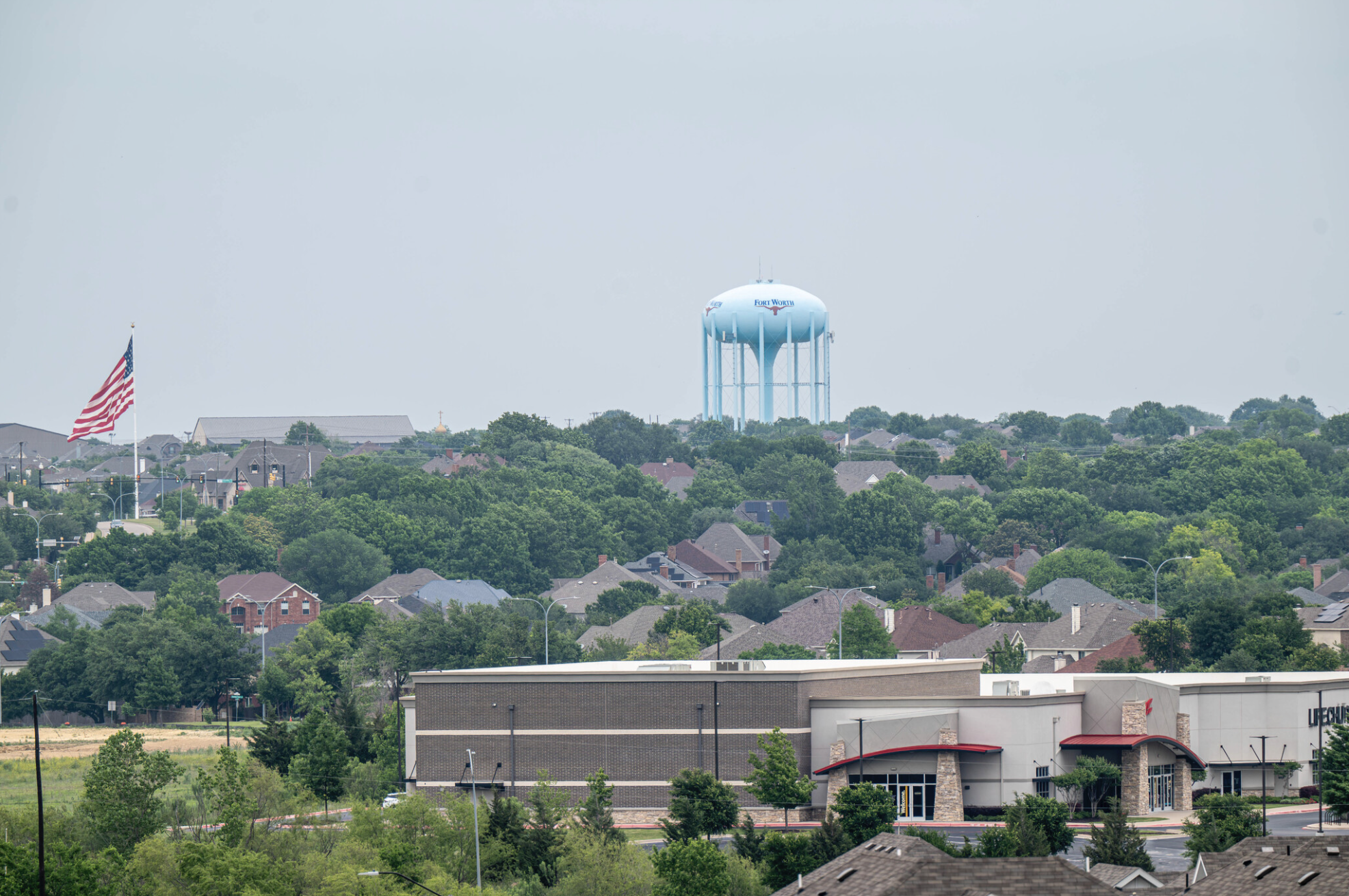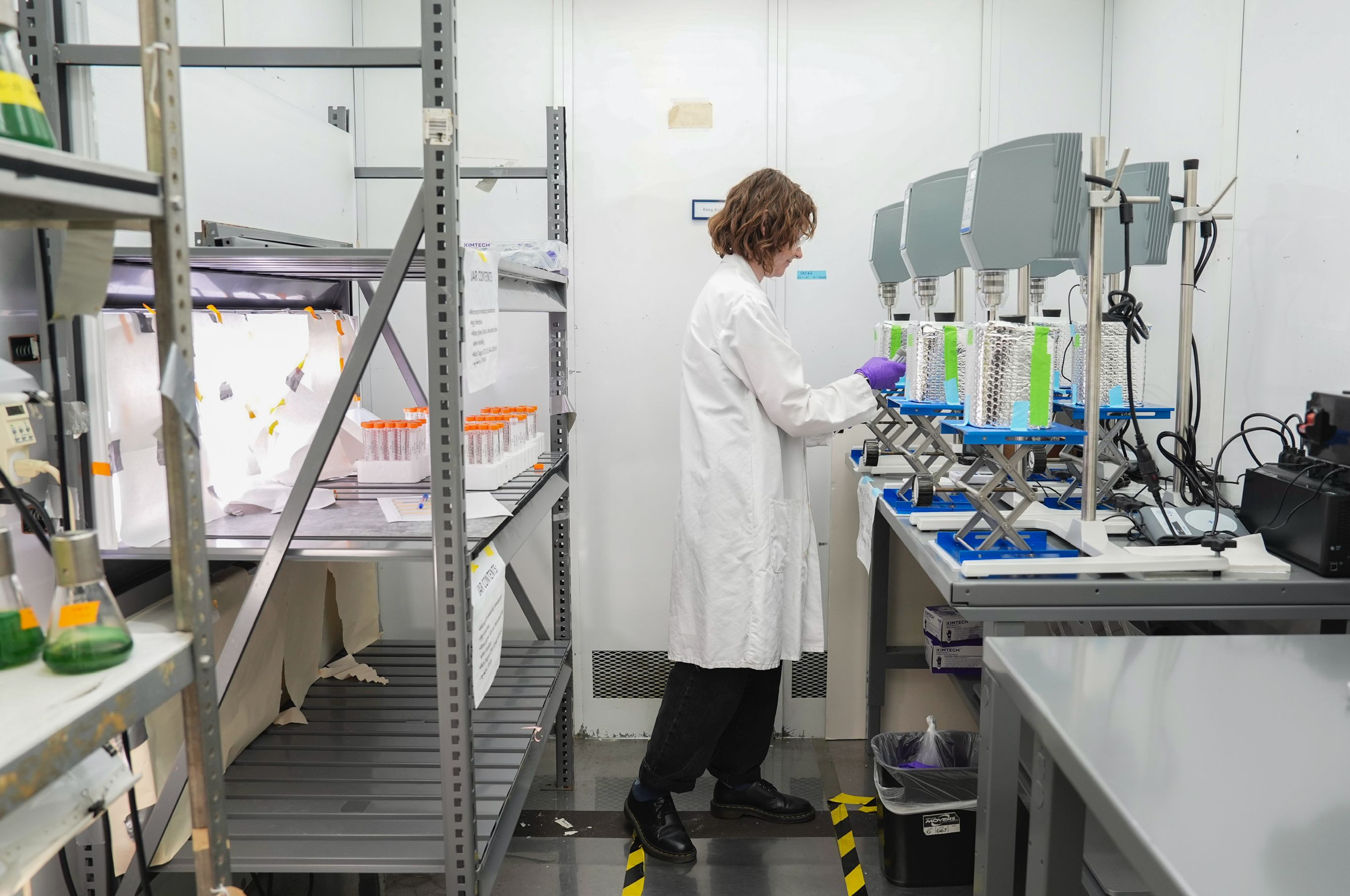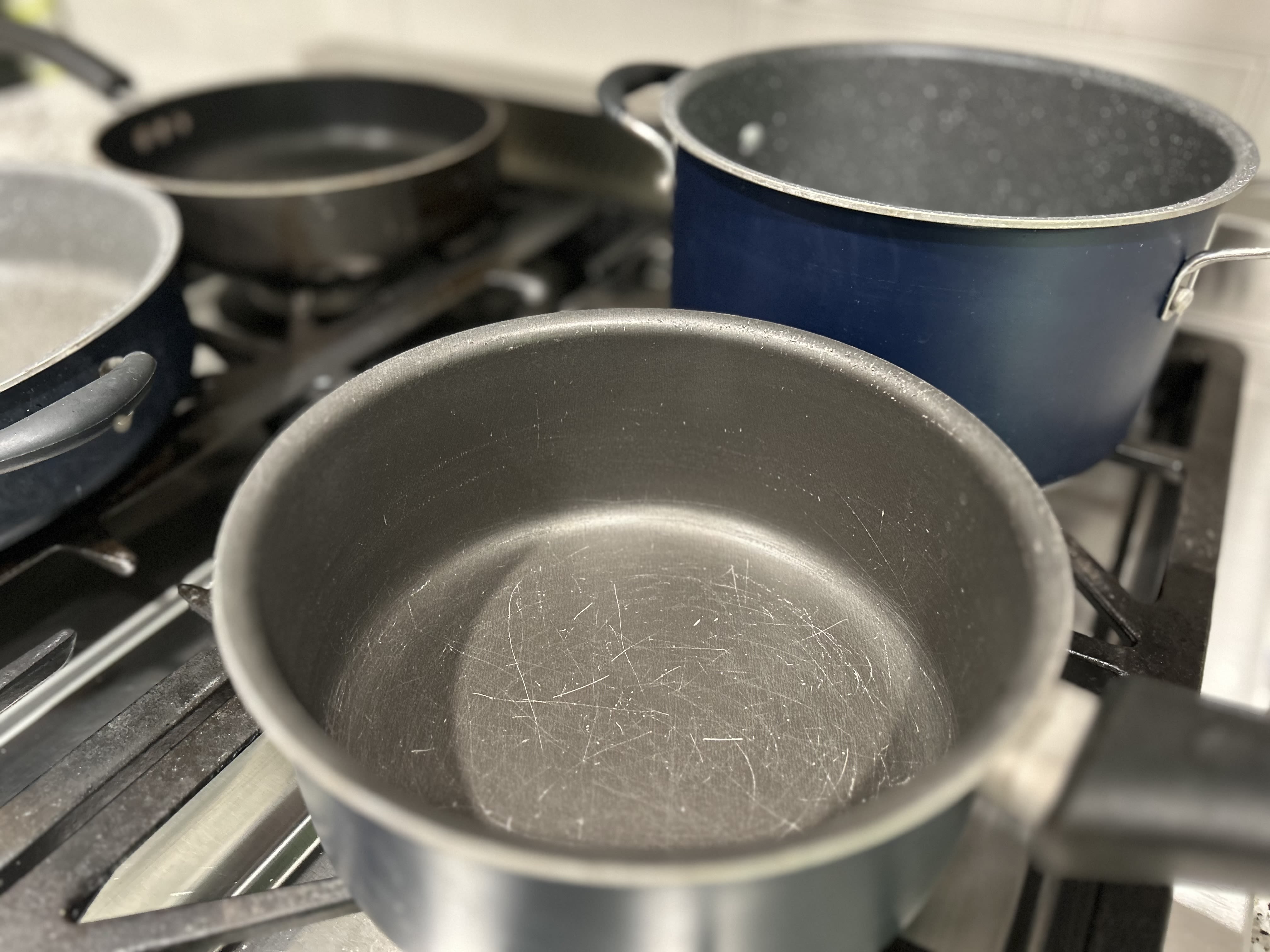Water quality and contamination
Taking a closer look at the Tarrant Regional Water District

Water is an essential resource for life, and access to clean and safe drinking water is fundamental to public health. However, concerns regarding water contamination persist in various regions worldwide, including the Fort Worth area. With a growing population and increasing industrial activities, the demand for water resources has surged, leading to potential risks of contamination from various sources such as industrial discharge, agricultural runoff, and aging infrastructure.
Fort Worth's water supply comes from several sources: Lake Worth, Lake Bridgeport, Eagle Mountain Lake, Benbrook Lake, Richland Chambers Reservoir, Cedar Creek Reservoir, the Clear Fork of the Trinity River and Benbrook, which is controlled by the Army Corp of Engineers. The raw water is sold by the Tarrant Regional Water District to Fort Worth and others who deliver water to homes and businesses.
According to the Fort Worth water quality report from 2021, Fort Worth was cited for a drinking water violation after the Westside Water Treatment Plant did not meet the minimum treatment technique requirements in March of that year, leading to concern specifically over microbial contamination in the area’s water supply. This contamination affected both homes and businesses in the westside pressure planes as well as Aledo, Westover Hills and White Settlement, leading to greater public and government attention to water purity in the DFW area.
The Westside Water Treatment Plant has adopted a highly effective water filtration system to ensure clean water for the area. Erik Irwin, an employee of the plant, said the first thing the plant does in the filtration process is add a chemical coagulant that traps any particles floating in the incoming water, such as bacteria, algae or dirt. These particle bundles are then settled into sedimentation bases separate from the water. The water is then passed through activated carbon to rid it of any remaining contaminants. An additional step of a membrane filtration system, with the ability to trap virus sized particles, ensures the water is at its safest for consumption.
Understanding the extent and nature of water contamination in the Fort Worth area is crucial for safeguarding public health. Contaminants such as heavy metals, pesticides, bacteria, and pharmaceuticals can infiltrate water sources through various pathways, posing significant health risks upon ingestion or exposure. Vulnerable populations, including children, the elderly, and individuals with compromised immune systems, are particularly susceptible to the adverse effects of contaminated water.
.
Furthermore, newly detectable contaminants, such as per- and polyfluoroalkyl substances (PFAS) and microplastics, present new challenges in water quality management. These persistent pollutants can accumulate in the environment over time, potentially leading to long-term health effects and ecological disruption.
According to study done by the United States Environmental Protection Agency, examinations carried out by municipal authorities in 2023 revealed that across the city, the average measured concentration of certain PFAS chemicals in Fort Worth's water system exceeds the EPA's recommended safe threshold for sustained exposure by over 500-fold. In response to these concerns, efforts are underway to assess and mitigate water contamination risks in the Fort Worth area.
Collaborative initiatives involving governmental agencies, academic institutions, and community stakeholders aim to monitor water quality, identify sources of contamination, and implement remediation strategies where necessary.
Central to the strategy is the implementation of advanced water treatment technologies designed to effectively remove contaminants from the water supply. These technologies, which may include advanced filtration systems and specialized chemical treatments, are poised to play a critical role in ensuring the safety and purity of the drinking water. Additionally, significant investments in upgrading aging water infrastructure are planned, addressing potential sources of contamination and bolstering the resilience of the distribution network against environmental risks.
Moreover, the proposed plan emphasizes collaboration with regulatory agencies at the state and federal levels to establish and enforce rigorous water quality standards. By fostering close partnerships with relevant authorities, Fort Worth aims to leverage expertise and resources to enhance monitoring, enforcement, and compliance efforts.
Furthermore, public awareness and education campaigns will be launched to empower residents with knowledge about water contaminants and proactive measures they can take to protect themselves and their families. Through a concerted and coordinated effort, Fort Worth is committed to safeguarding the integrity of its water supply and ensuring the well-being of its communities.
Forever Chemicals:
Maybe not foreveR
By Hannah Dollar
These chemicals, also known as PFAS, can be traced back to their sources in everyday products like nonstick cookware, food packaging, cosmetics, and carpeting, according to the National Institute on Environmental Health Sciences (NIH). Since their creation around the 1940s, these chemicals have polluted rivers, lakes, rainwater and groundwater. What concerns most people is how they are contaminating water supplies, specifically the water they consume, drinking water.
"We're all guilty of causing the problem. The problem is the fingers being pointed at water utilities, but we are passive receivers of these,” Fort Worth water communications coordinator Mary Gugliuzza said.
“It is not the utility versus the public on this. The utility is very concerned because protecting public health is our job.”
Gugliuzza cautions that removing these chemicals from the water supply will come at a cost. The cost of improvements to add treatment and for the operations and maintenance of the new technology will fall on ratepayers, she said.
As these chemicals are studied more closely, there is a growing concern about their existence in water supplies. In March 2023, the EPA proposed the first federal limit for PFAS in drinking water that would set strict limits of 4 parts per trillion, the lowest amount that EPA-approved tests can reliably measure. Over a year later in April 2024, the EPA finalized the rule as the nation’s first drinking water standard for PFAS. EPA officials estimate it will reduce the forever chemicals exposure in drinking water for about 100 million people.
The new EPA rule holds companies that use PFAS accountable for monitoring and cleaning them up, according to the New York Times. Companies are required to report the release of these chemicals within 24 hours as delays in addressing them allows them to leach into soil and water supplies. Although some of these chemicals are no longer manufactured in the U.S., they can be imported through consumer goods.
“People who are concerned about PFAS in drinking water should be concerned about PFAS in other products they use because this is one way PFAS enters the water cycle,” Gugliuzza said.
The city had not tested for PFAS since 2014 until 2023. Gugliuzza said this was due to undetectable levels by the equipment and testing protocols at the time which now have the ability to detect these chemicals at lower concentrations that align with the new detection limits.
Brooke Gray prepares to take a sample while doing research on PFAS removal from water in April at a U.S. Environmental Protection Agency lab in Cincinnati. (AP Photo/Joshua A. Bickel)
Brooke Gray prepares to take a sample while doing research on PFAS removal from water in April at a U.S. Environmental Protection Agency lab in Cincinnati. (AP Photo/Joshua A. Bickel)
PFAS - per- and polyfluoroalkyl substances - is part of what makes consumer goods like non-stick cookware, water- stain- and grease-resistant. (Hannah Dollar)
PFAS - per- and polyfluoroalkyl substances - is part of what makes consumer goods like non-stick cookware, water- stain- and grease-resistant. (Hannah Dollar)
The laboratory the water department uses for their testing is undergoing a transition to the new EPA-approved methods which requires different operating conditions and standards.
The water department’s data made it clear that the city would need to add treatment for the raw water supply sourced from Lake Worth. They moved forward in Fall 2023 with a contract with an engineering firm to perform the work. Their study on treatability is examining the limited treatment options and how they would fit into the current water treatment process.
The department will have about three years to comply with the rule now that it is final, said Gugliuzza. "We're in the process of studying treatability - what we would have to do to be able to remove it (PFAS) but even removing it means we're left with the residual we have to somehow dispose," she said.
There are several possible treatment methods to reduce or eliminate PFAs, but each has limitations, whether cost, unreliability or the waste production. "I can tell you it is not going to be inexpensive to resolve," Gugliuzza said. "It is going to have a substantial impact on the cost of water."

